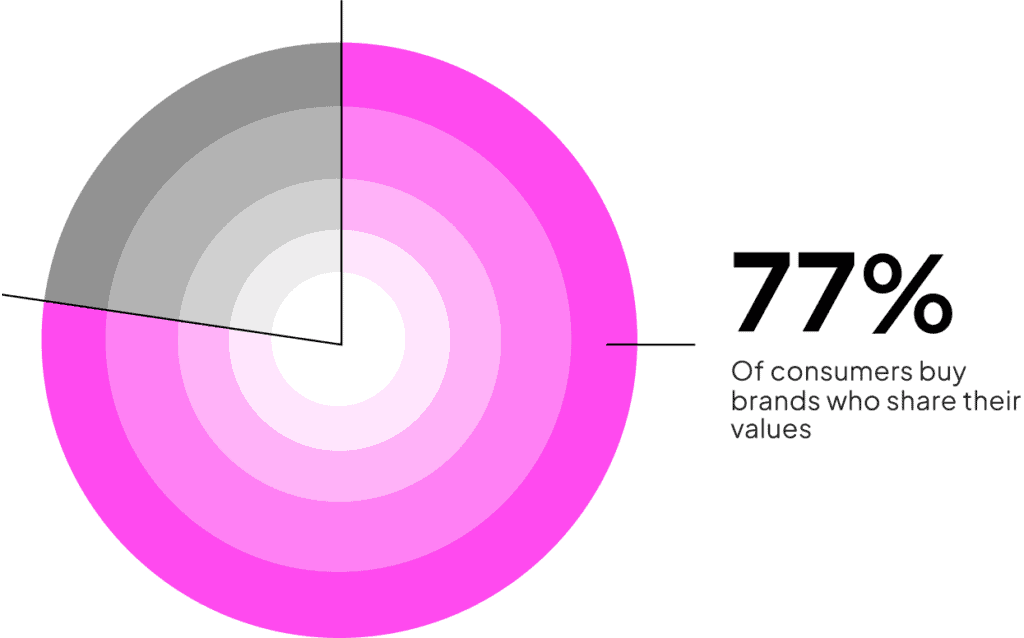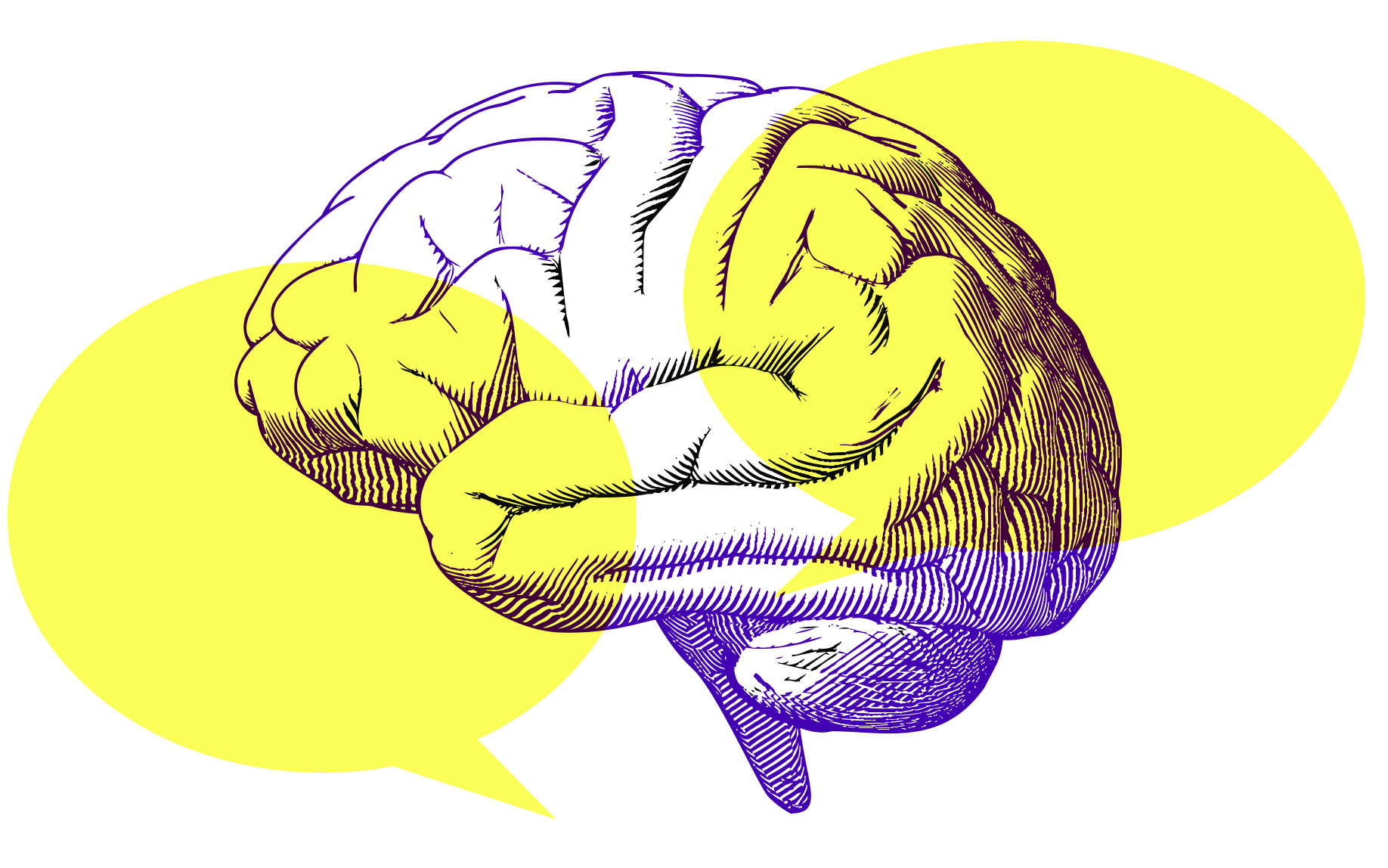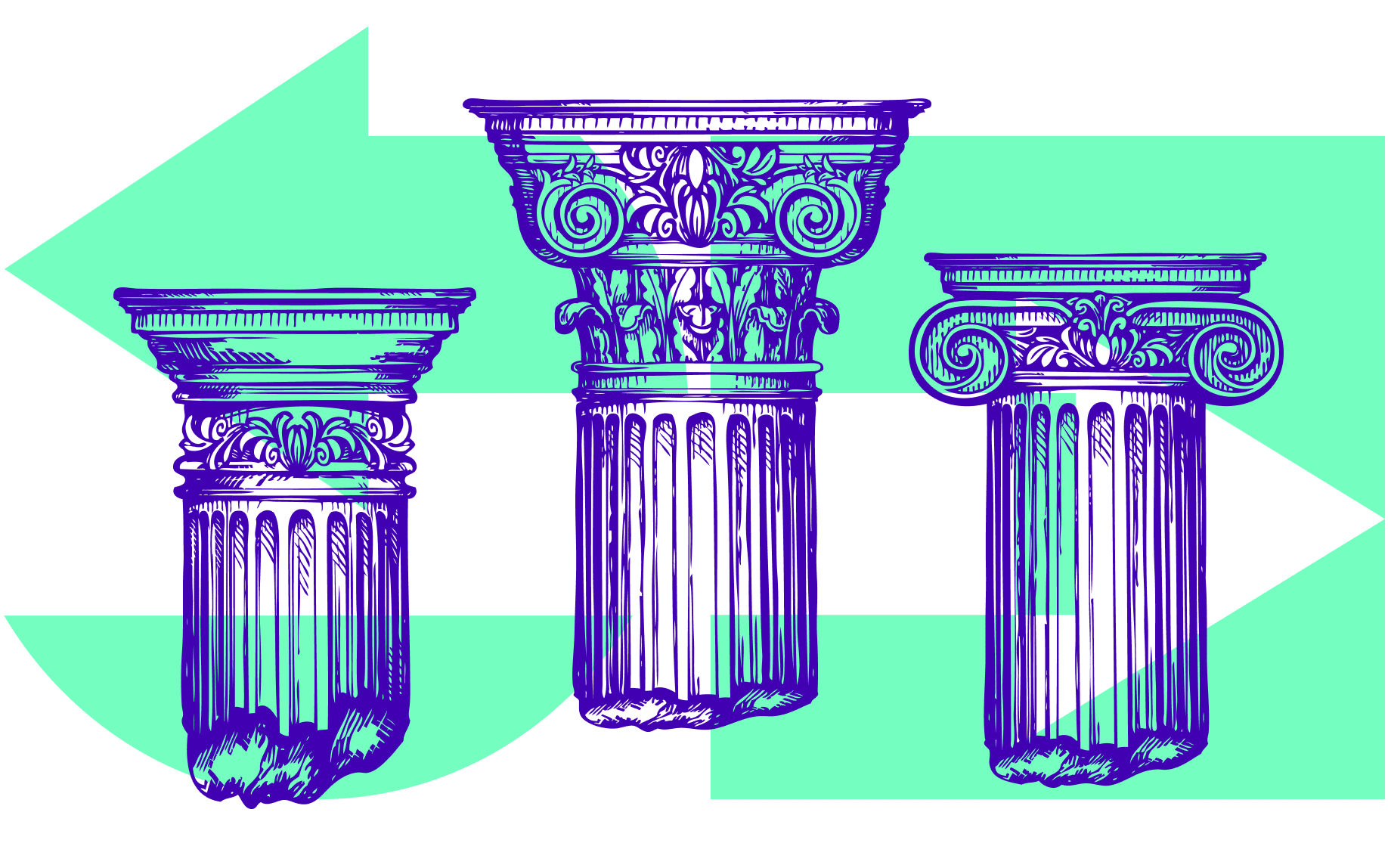Value Sensitive Design (VSD) has been around for over two decades and is used in many different fields, from designers to policymakers worldwide. But what exactly is VSD? And how can companies apply VSD practices to support their products and create more trustworthy user experiences?
About value-sensitive design (VSD)
Value-sensitive design in user experience is a process that balances ethical, social, and economic trade-offs in product and service creation. The goal of VSD is to create user experiences that are both ethically and socially responsible while also being economically viable.
VSD process diagram
VSD methods are increasingly used and adopted by designers, computer scientists, social scientists, engineers, architects and policy makers world-wide. It is an iterative design process broken down into three types of investigations: conceptual, empirical and technical. Encompassing a range of methods and techniques including ethnography, focus groups, surveys and interviews, it’s ideally used proactively in the early research and design phases of technology development.
These methods encourage designers and those responsible for the creation of technology to combine their moral and technical imagination throughout the design process in a principled and structured way. A key aspect is to think of technology as tools that shape human interaction and experience. There is a need to shift the lens from moral values as a barrier to enhancing the human experience. It’s also a process based on the premise that the resulting designs should reflect the values of the people that use them.
The four steps of this process are:
1. Determine the values of your users
2. Identify the ways in which the product, system, or service can impact those values
3. Design the product, system, or service to minimise negative impact on your users' values
4. Evaluate the design to ensure that it meets the needs of your users
The goal is to create an outcome that meets the needs and values of all stakeholders. This can be a challenge, as different stakeholders often have conflicting values. For example, a user may value privacy, while a company may value data collection. The value-sensitive design process is about finding a balance within these needs.
Why does VSD matter?
The rise of value-based purchasing decisions is a trend that's picking up steam. This means that customers are more likely to base their decisions on how much a product aligns with their values, rather than things like brand loyalty or price. It's a big deal because it turns traditional marketing methods on their head:
Brands must shift away from traditional advertising and instead focus on delivering product experiences that actually reflect not just the values of their customers, but also society as a whole.
©2019 Havas Group, Meaningful Brands®
To break it down further, the values people have drive perception, behaviour and shape their stories to make sense of the world and their relationships with people and organisations. Factoring this into your product, service and value proposition design means: You need storytelling that connects people's worlds and their values - both outside and within your organisation.
For example, values around privacy and data collection or use are underpinned by human values of freedom and autonomy. In recent years, we’ve seen an increase of people upholding these values (ref). These values transcend individual lifestyles and connect with that of the broader community and society in which they live. When customers see their values reflected in the product they are interested in using or buying, it enhances trust. VSD methods like Data Trust by Design enable you to factor this into your product and service design, especially if you’re collecting and using your customers personal data.

Design for values people care about.
We want to design for the values people care about. For the user and the experience. For the product and its life cycle, from inception through production, use, and disposal. And we want our designs to align with a company vision that supports these values in its own way as well. Through what it produces, how it operates from an ethical perspective, and how it interacts with its customers and other stakeholders.
So how do we actually go about doing this?
How can you get there?
There is no one-size-fits-all answer to this question, as the best way to get started with value-sensitive design will vary depending on the specific project and context.
Here are some tips on how to get started:

Researching VSD resources.

Review the goals and objectives of the project, and identify the values that are most important to the stakeholders.

Engage with stakeholders in an open and inclusive way to identify their values and needs.

Use a variety of VSD methods and tools to help you understand the values at play in the project.

Incorporate the values identified into the design of the project.

Evaluate the outcomes of the project against the values that were identified at the start.
For existing products a great starting point is opening up the conversation with your peers and colleagues, then building your way up to exploring toolkits and different methods and focus on a specific feature that is in your backlog or on your roadmap.
Conclusion
Value-sensitive design is a framework for designing a product or service that reflects the values that matter most to people. It involves understanding the personal values of your users, but also their wider socio-economic context. It is a useful tool to ensure that ethical aspects of a system are considered during a design process. VSD helps you to avoid unintended consequences by allowing you to predict how people who use your design outcome will react – before it hits the market.
Here at Muteo, we incorporate Better Disclosure and Data Trust by Design into our design practice. These frameworks are extensions of VSD that narrow in on the values that people have around privacy and the sharing of personal data within the systems, organisations, products and services they interact with daily. These tools enable us to develop products that have better human experiences that lead to better results for your business.
If you want to know more about how value-sensitive design can benefit your brand and product experiences, let’s chat.
the muteo team



